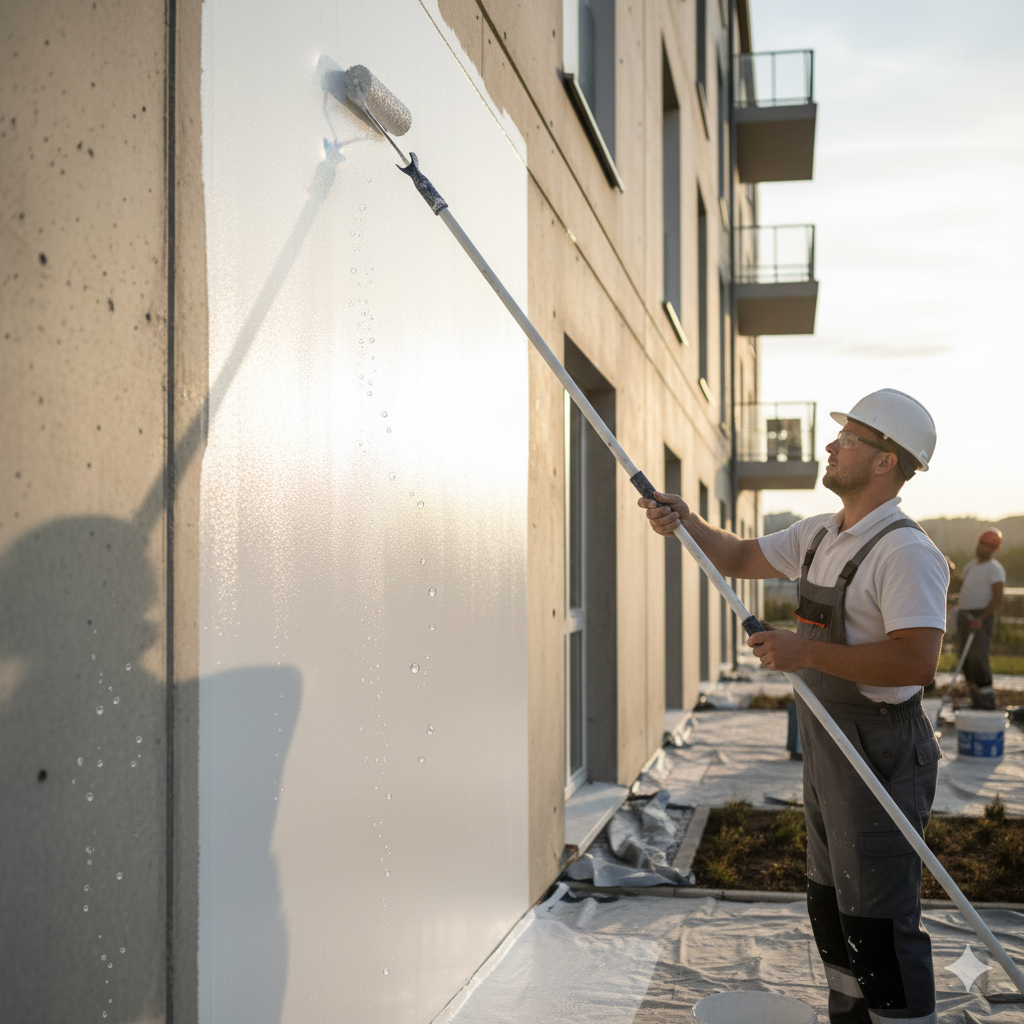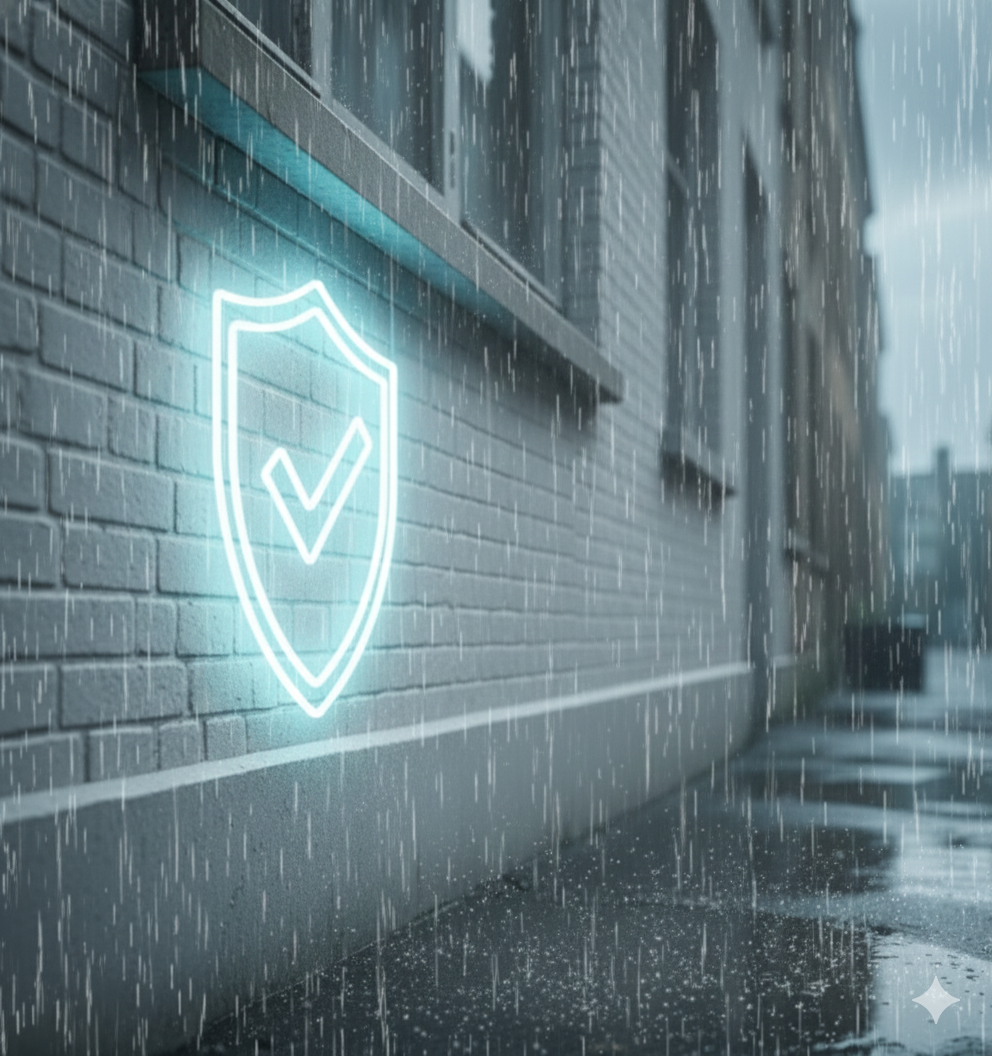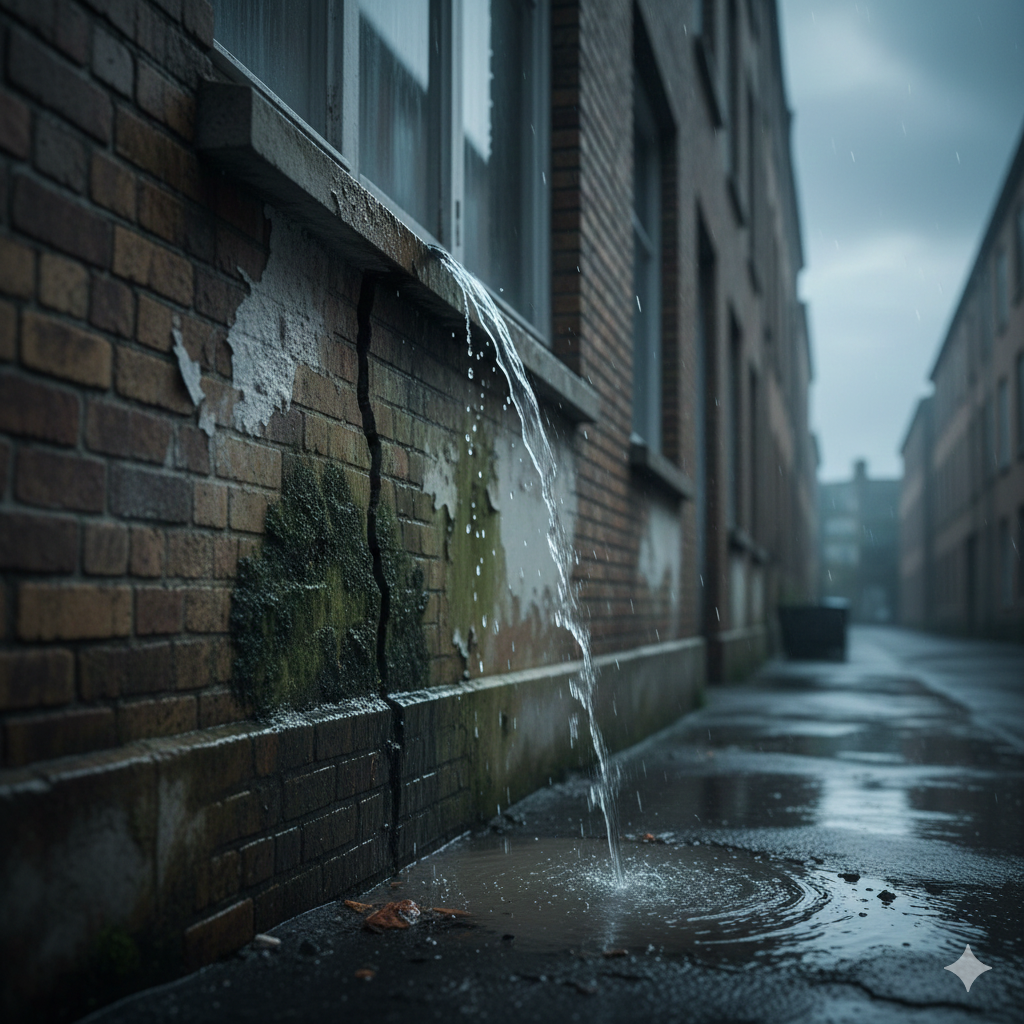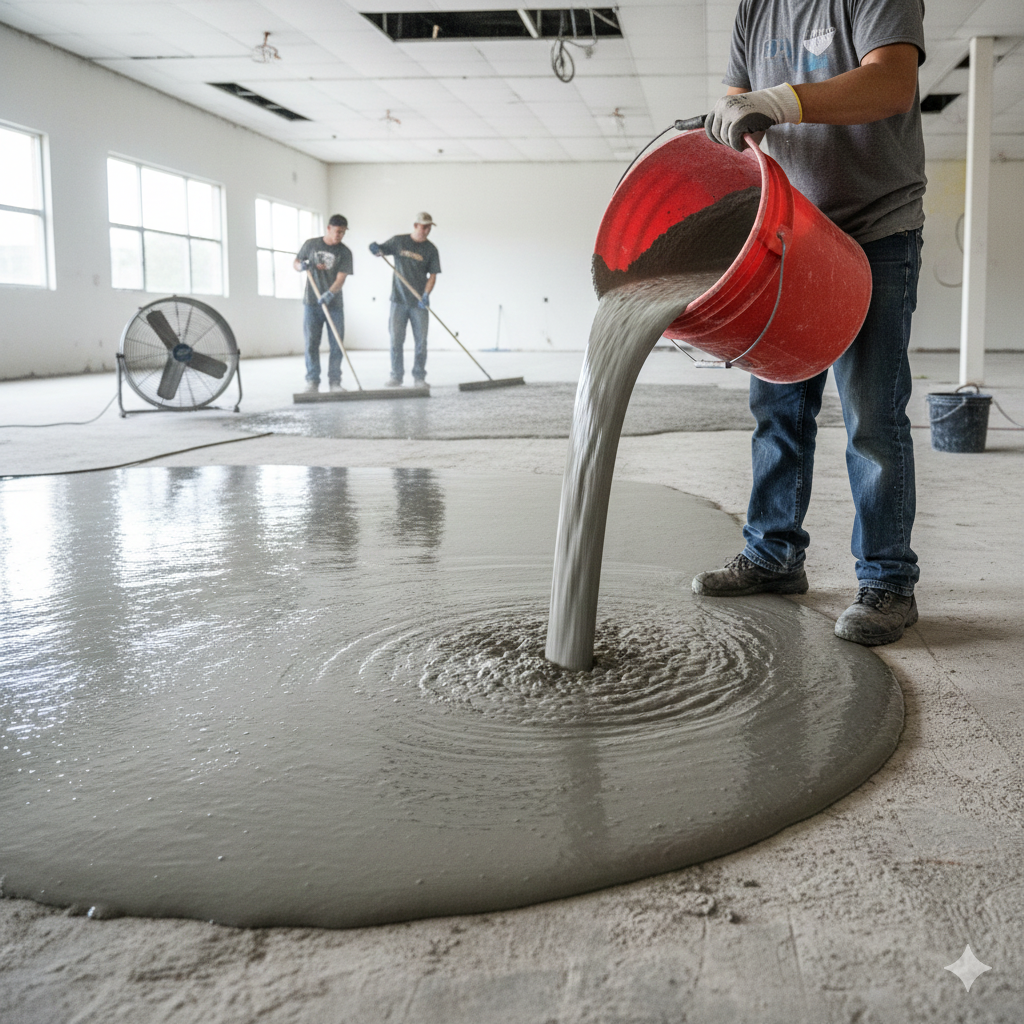
Exterior Wall Waterproof Coating: Defending Buildings from Rain, Cracks, and Time
Step outside after a storm, and the story of a building begins to show—faded patches, hairline cracks, dark streaks tracing the path of water.
For most people, that’s cosmetic. For engineers, it’s a signal: the façade has started to lose its shield.
Exterior walls take the full force of nature—ultraviolet rays that oxidize pigments, rain that seeps into pores, wind carrying abrasive dust, and endless thermal expansion cycles.
Without proper protection, even the strongest concrete begins to breathe moisture and crumble from within.
That’s where a high-performance exterior wall waterproof coating steps in—part chemistry, part craftsmanship, and entirely about longevity.
1 | The Hidden Pain: When the Wall Becomes a Sponge
Concrete and plaster look solid but act like sponges. They absorb humidity, pull in rainwater, and trap vapor beneath paint films.
Over months, this causes:
-
Crack propagation as thermal stress builds.
-
Efflorescence—white salt stains signaling water migration.
-
Paint blistering as trapped vapor pushes outward.
-
Steel corrosion beneath surface layers, silently eating the structure.
Every time moisture enters, it leaves damage behind. Traditional emulsions only decorate the surface—they don’t defend it.

2 | Science Beneath the Shield
Modern waterproof coatings rely on polymer cross-linking—a microscopic lattice that creates a breathable yet water-tight membrane.
It’s flexible enough to stretch with wall movement but dense enough to resist water molecules.
| Component | Function | Key Metric |
|---|---|---|
| Acrylic / PU Polymer | Film elasticity and adhesion | Crack bridging ≥ 1 mm |
| Silicone additive | Hydrophobic effect | Contact angle > 110° |
| Mineral fillers | UV & abrasion resistance | Gloss retention > 90% (2000h QUV) |
| Biocides | Mold and algae prevention | ISO 846 certified |
| Pigment stabilizers | Maintain color brightness | ΔE < 1.0 after aging |
Under EN 1062-3 and ASTM D7088 standards, coatings must prove not just water resistance—but long-term vapor permeability to avoid internal blistering.
This is where YUNYAN’s hybrid coatings excel: blending acrylic flexibility with silicone’s hydrophobic properties to form a micro-porous, self-cleaning surface film.
3 | Which System Fits Which Building
| Type | Material Base | Strengths | Limitations | Ideal Use |
|---|---|---|---|---|
| Acrylic Coating | Water-based polymer | UV stable, affordable | Moderate elasticity | Standard façades |
| Silicone-Modified Coating | Acrylic + silicone blend | High hydrophobicity, low dirt pickup | Slightly higher cost | Coastal or humid climates |
| PU Coating | Two-component polyurethane | Excellent elasticity & adhesion | Requires professional mixing | High-rise or industrial façades |
| Cementitious Coating | Cement-polymer slurry | Breathable, good adhesion to rough walls | Not decorative | Structural or unfinished walls |
Each system has its rhythm. Acrylic paints protect appearance; silicone coatings reject water; polyurethane systems survive stress.
The best performance comes from layer synergy, not single-material reliance.
4 | Solution: How Engineering Turns Paint into Protection
A façade coating isn’t applied—it’s constructed.
The process is a careful layering of chemistry and method:
1️⃣ Surface preparation — cleaning, repairing, and priming ensures no moisture remains inside.
2️⃣ Primer coat — builds adhesion and seals porous substrates.
3️⃣ Waterproof layer (2–3 coats) — cross-applied to form uniform film thickness (~0.3 kg/m² per coat).
4️⃣ Intermediate curing — allows polymer cross-linking under controlled humidity.
5️⃣ Topcoat finish — adds UV stability and dirt resistance.
Temperature, humidity, and film thickness all matter. Miss one step, and even the best coating will fail before its warranty expires.
5 | Real-World Applications and Material Pairings
| Project Type | Recommended System | Key Benefit |
|---|---|---|
| Residential housing | Acrylic + primer system | Cost-effective, decorative |
| Coastal buildings | Silicone-rich coating | Salt and humidity resistance |
| Industrial complexes | PU hybrid coating | Superior crack tolerance |
| Historic façades | Breathable mineral system | Prevents trapped vapor |
| High-rise towers | Spray-applied PU coating | Fast coverage, uniform film |
In humid climates, elasticity saves buildings; in cold ones, vapor breathability matters more.
YUNYAN’s technical team customizes each formulation to balance both factors for climate-specific durability.
6 | Avoiding the Pitfalls: Why Some Coatings Fail Early
-
Applying paint on wet or unprimed walls—traps vapor instantly.
-
Over-diluting material—reduces film density and adhesion.
-
Skipping curing time—prevents full polymerization.
-
Using indoor-grade paints outdoors—UV and weathering destroy them in months.
-
Neglecting joint sealing—cracks reopen through unprotected gaps.
In waterproofing, shortcuts cost double—once in labor, once in damage.
7 | The Future of Exterior Coatings: Sustainable, Self-Healing, Smart
New-generation coatings are moving beyond passive defense:
-
Photocatalytic paints that break down pollutants.
-
Elastomeric membranes with self-healing microcapsules.
-
Nano-silane coatings forming deeper hydrophobic penetration.
At YUNYAN, R&D is focused on combining environmental safety (low VOC, low odor) with structural longevity—proof that sustainability can be tough as concrete.
A Wall That Breathes Strength, Not Moisture
A building’s beauty shouldn’t fade with the seasons, nor should its walls soak up the sky.
Exterior wall waterproof coatings are silent protectors—flexible, breathable, and engineered to last.
To explore detailed datasheets or discuss OEM collaboration, visit YUNYAN’s official website.
For climate-specific consultation or distribution inquiries, contact our engineers via contact page—and keep every façade standing firm against rain, cracks, and time.






